Digital economy is defined as an economy based on digital technology and digital platforms, with economic activities on and by digital technology and digital platforms, especially electronic transactions conducted on the internet.
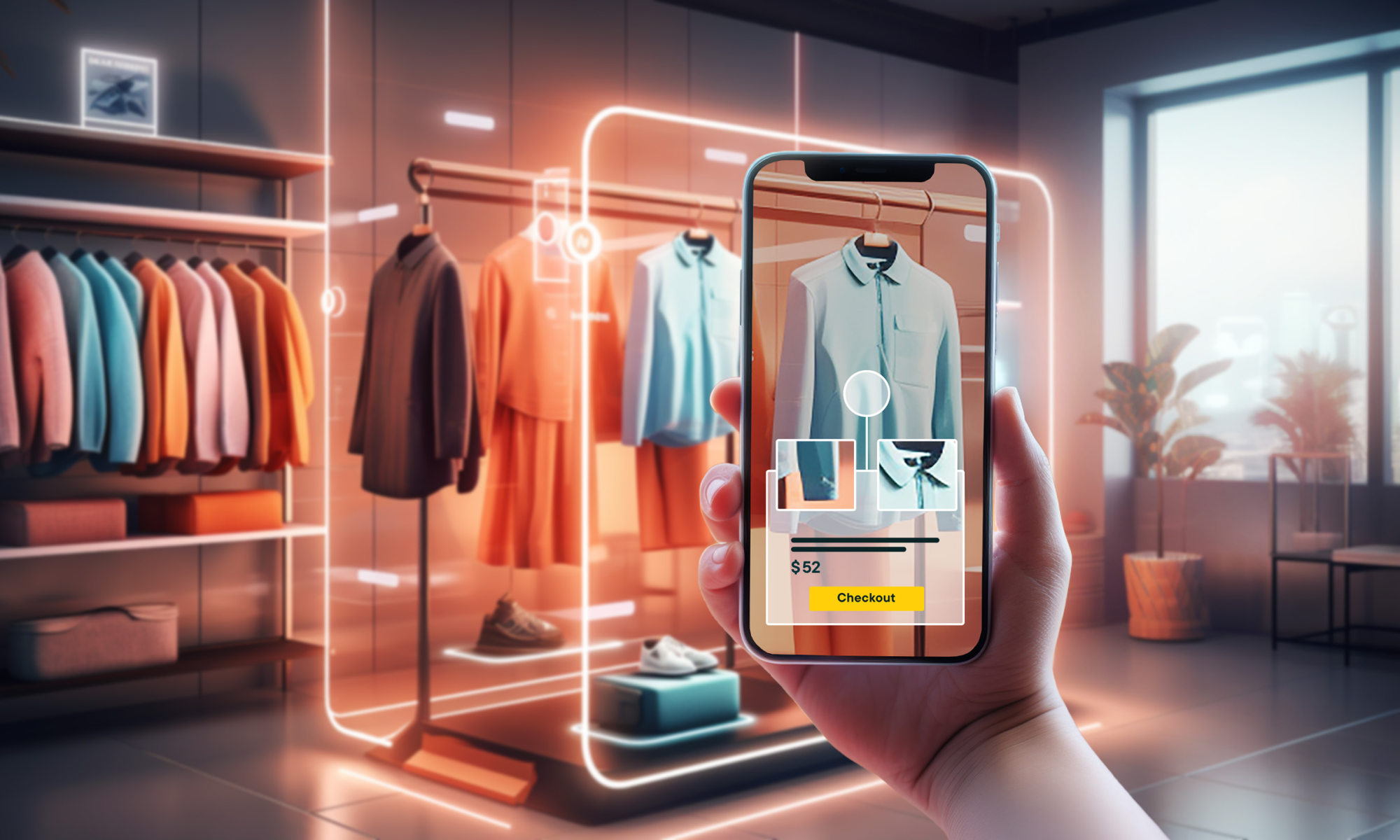
Phygital is considered a solution to promote multi-channel sales through the application of technology.
This model is structured on the pillars: ICT/telecommunications Digital Economy (ICT Digital Economy); Internet/platform Digital Economy (Internet Digital Economy); and Industry/Sector Digital Economy (Industry Digital Economy).
The "e-Economy SEA 2022" report published by Google, Temasek and Bain & Company said that Vietnam will be the country with the strongest digital economy growth in the period of 2022 - 2025 among 6 countries (Indonesia, Malaysia, Philippines, Singapore, Thailand and Vietnam) with GMV (total merchandise value) increasing by 31% from 23 billion USD in 2022 to 49 billion USD in 2025.
Among them, Phygital solutions - a term describing the combination of technology in the real world (virtual reality in parallel), can be a catalyst for the goal of increasing the contribution rate of the digital economy to GDP.
The above combination aims to bring a better experience to customers in today's shopping through AR technology (technology that creates digital images that can be displayed in the real world)/VR (technology that simulates the real world).
Phygital is not as complicated as its definition and has been familiar to businesses and consumers since the Covid-19 pandemic. Specifically, the most vibrant field of application of this concept today is the retail industry.
For example, in 2020, L’Oréal Group introduced 3D shopping to its Lancôme store in Singapore. Customers can experience a selfie-based skin consultation with the E-youth Finder, a diagnostic tool that uses artificial intelligence to measure key skin parameters and recommend a care routine.
Most notably, Amazon, after taking control of the online retail market share, began to invade the traditional retail sector with the Amazon Go chain of stores with the experience of entering to buy and leaving, the technology system will identify the items customers buy and deduct money from their credit card, the bill will be sent via email.
In Vietnam, many large enterprises, especially in the retail industry, have applied Phygital for the past 5 years, but under another name, multi-channel sales.
According to analysts, Vietnam possesses many factors that help the Phygital solution develop. Recent statistics from Insider Intelligence on smartphone users in Southeast Asia from 2021 to 2026 show that in 2021, the number of smartphone users in Vietnam reached about 62.8 million, an increase of 3.6% compared to the previous year and accounting for 96% of internet users nationwide.
It is estimated that in 2023, the number of smartphone users in Vietnam is expected to reach 63.8 million, an increase of 1.6% compared to 2022 and accounting for 96.1% of internet users nationwide. In Southeast Asia alone, the estimated number of smartphone users in Vietnam by the end of 2023 is second only to Indonesia, the country with the largest population in the region.
Insider Intelligence estimates that at this rate, by 2026, the number of smartphone users in Vietnam is expected to reach 67.3 million, an increase of 1.7% over the previous year and accounting for about 96.9% of internet users.
Source link








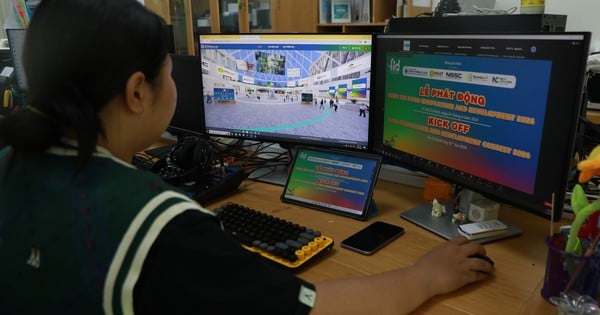

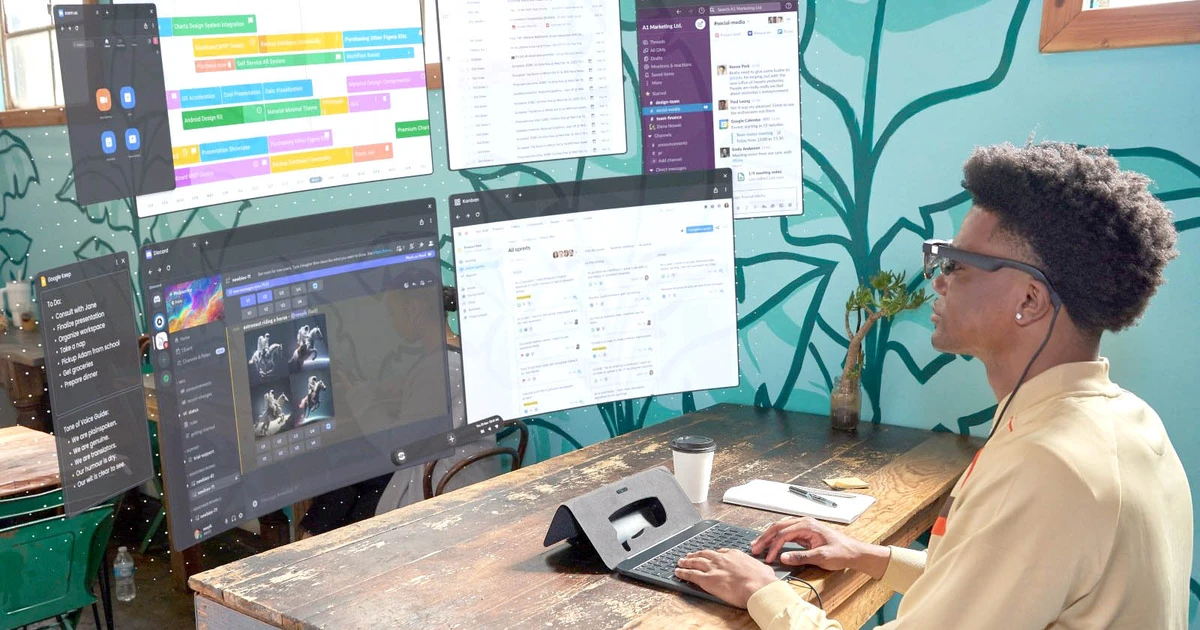

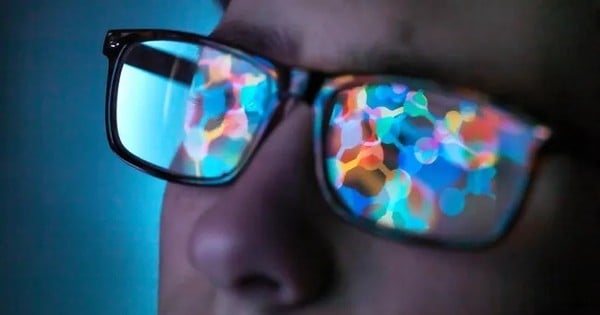





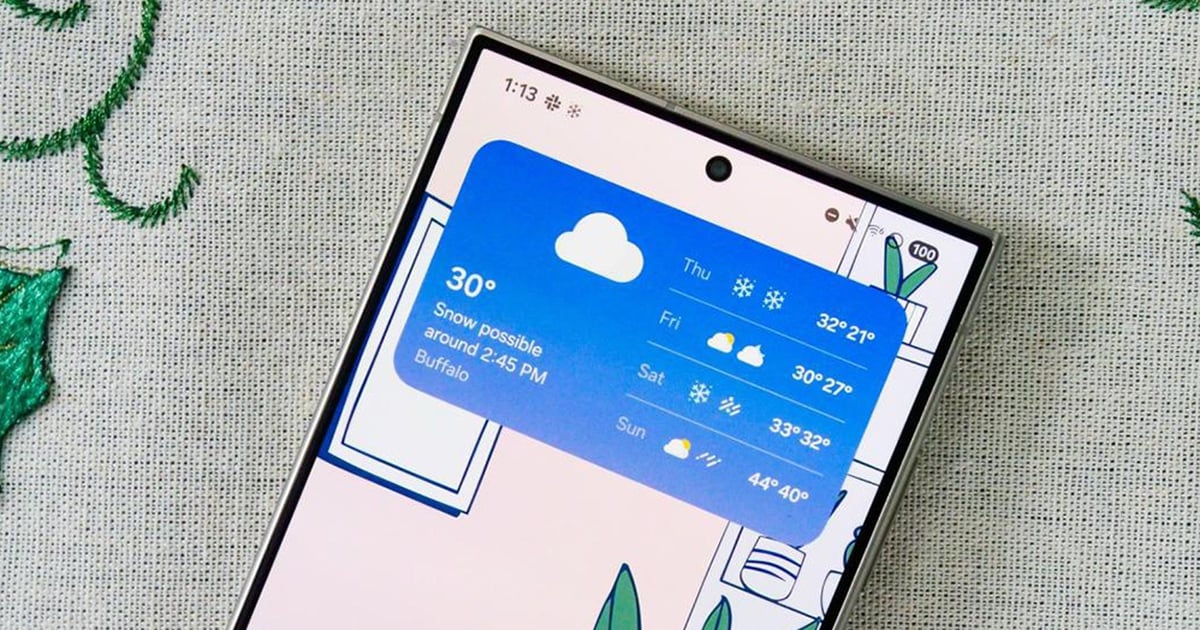
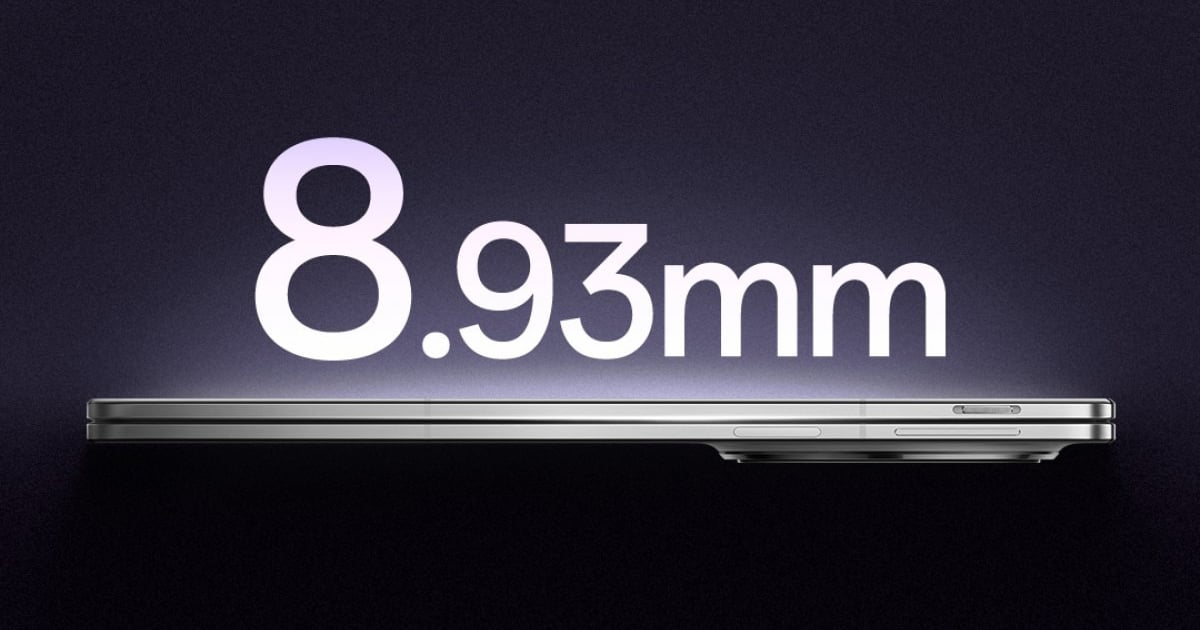


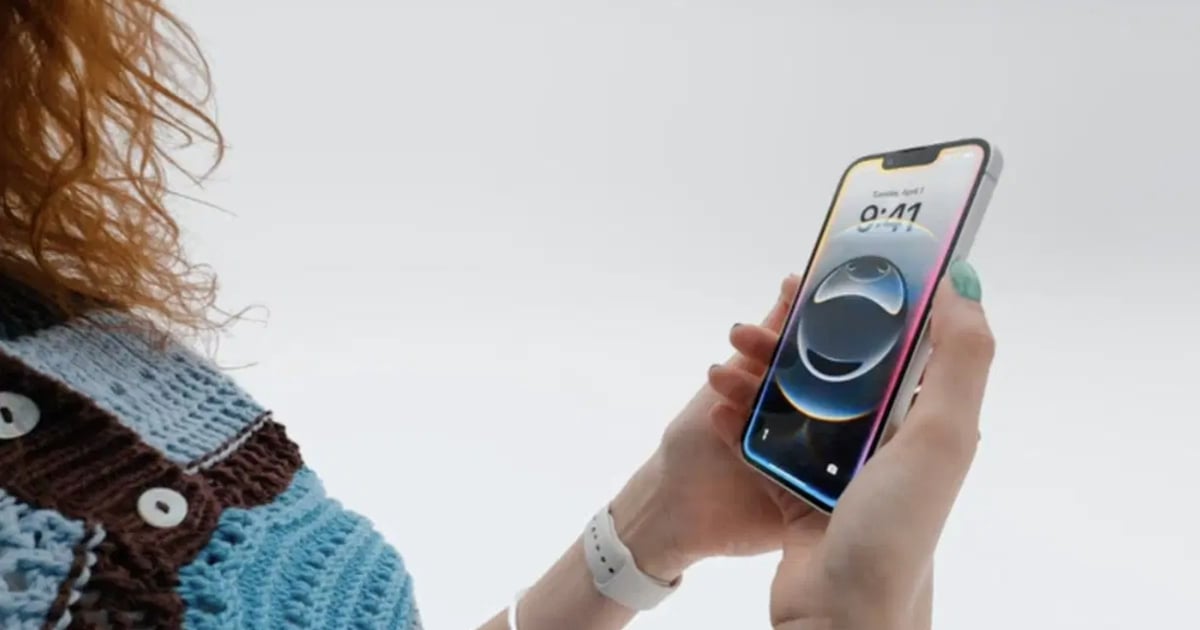
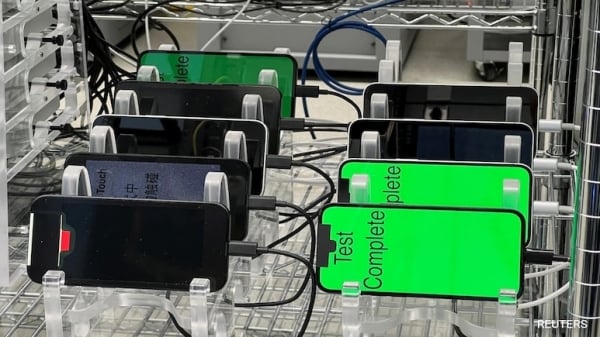















Comment (0)